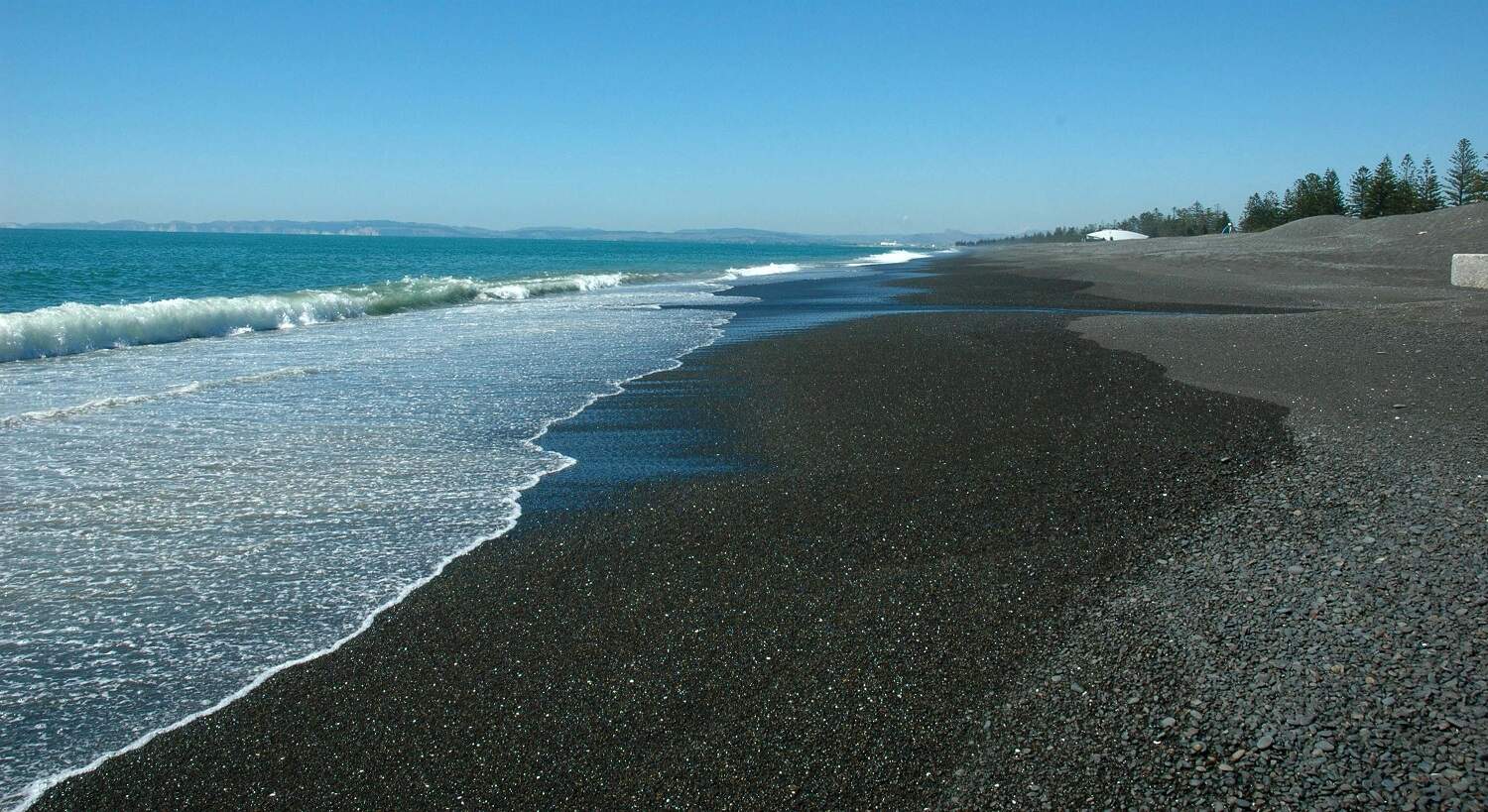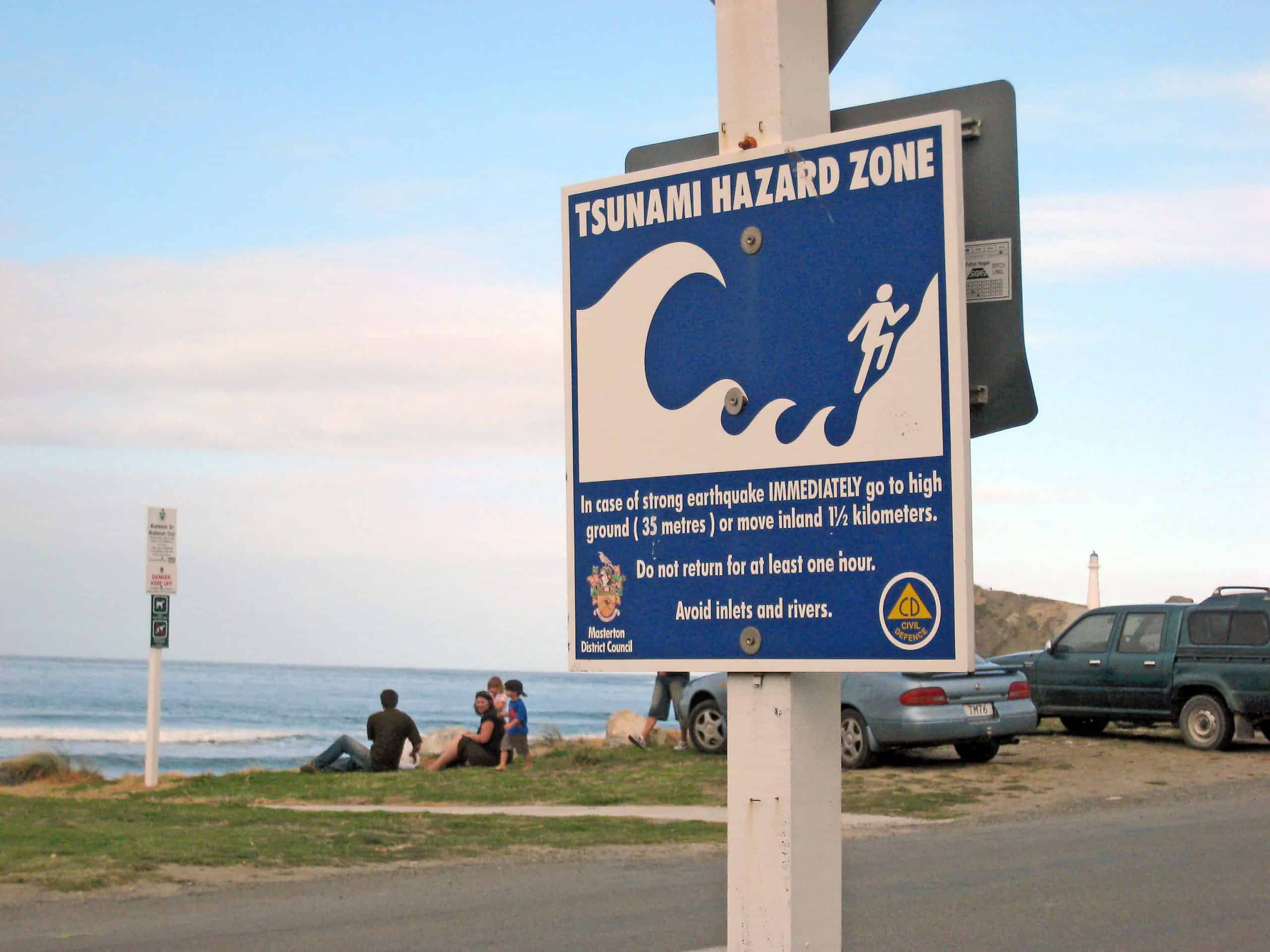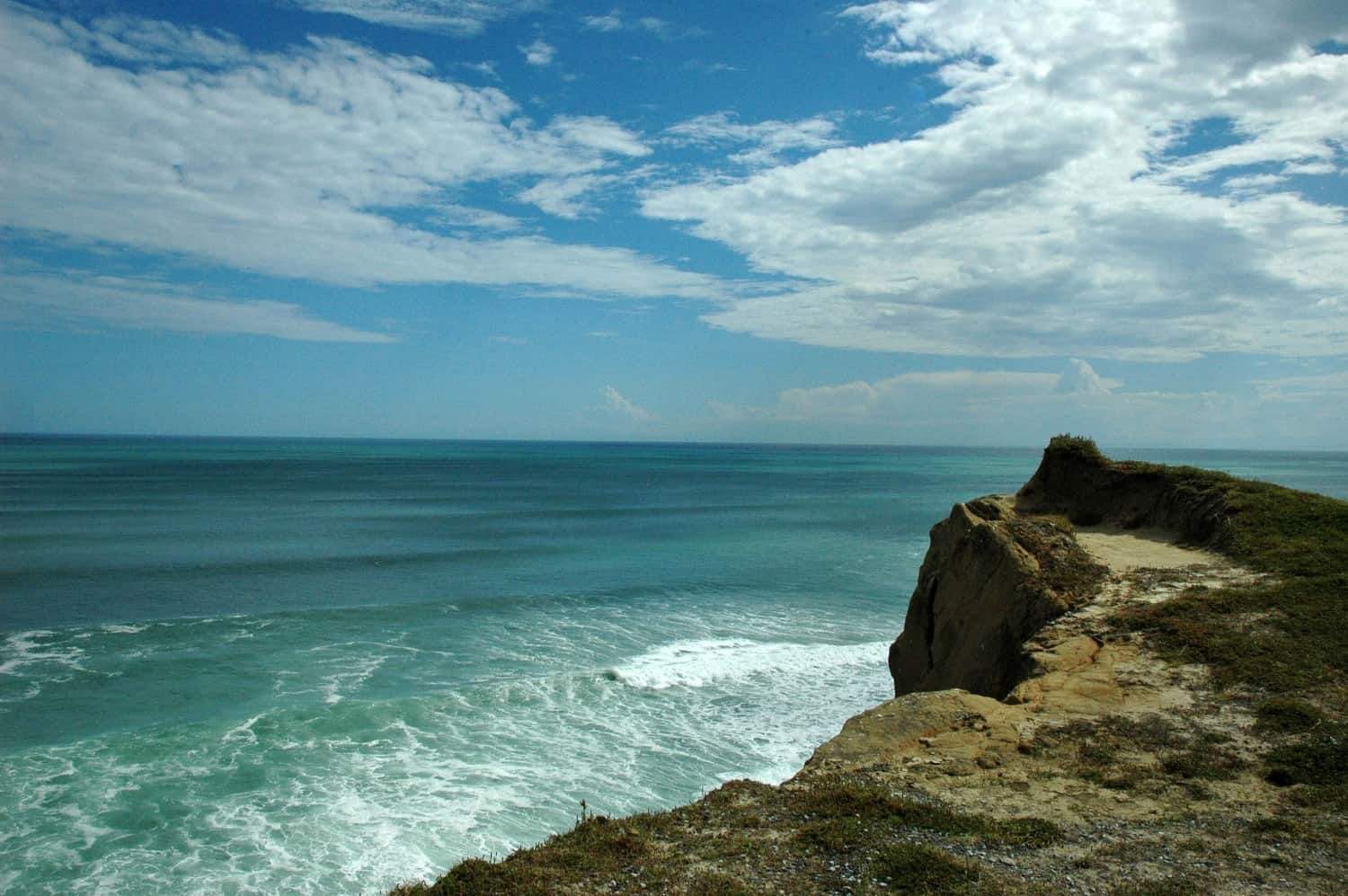Kura e Tai Āniwhaniwha: Tsunami risk reduction activities for kura in the Hawke’s Bay
27/08/2018
Nā Lucy Carter
Ko ngā Kura Kaupapa Māori me ngā Kura Reo Rua, ngā Kura o Raro, Kura Tuatahi e piri pono ana ki te reo me ngā tikanga o te mārautanga ā-iwi o Aotearoa. I tipu mai, i whakaaratia ēnei Kura katoa hai whakapakari, whakaora, whakatinana i te reo me ōna tikanga hāngai ki taua takiwā, rohe me ngā hekenga mārautanga mātauranga katoa. Kia tipu kaha ai te tamaiti, kia ora ai tōna reo hāngai tonu te mau o ēnei momo Kura ki ngā Kaupapa Māori me ōna uarā, mātauranga Māori me te here mai o ngā rauemi reo hai whakapakari i ngā mahi akoranga ki roto i ngā akomanga rūmaki reo, reo rua tae atu ki ngā Kura Auraki.
Koia te āhuatanga o ngā ākina haukore, tūkino kohinga mātauranga nei he mea nui kia aro tika, tūhono pono ki ngā Kura katoa o Aotearoa i te mea hoki ko to tātau motu, whenua o Aotearoa ka ākina a tōna wā ka karawhiua mai e aua ākina haukore tūkino nei. Ko tētahi o ngā ākina haukore, tūkino nei ko ngā ngaru taupoki nunui kino ā, ko ngā whenua kai raro i ngā matapaki pātata ki te moana me whakatūpato ko ērā whenua piri ki te tātahi, onepū kei te taha Rāwhiti o Te Ika a Māui hāngai tonu atu ki Hikurangi Rārangi Whakaputa. I te mea he hāhaka, he tere te whiu kino mai a te ngaru taupoki nunui kino kia noho reri, tūpato ngā hāpori katoa mo ēnei whakawhiu kikino o te ngaru taupoki nunui.

He mea tika hoki kia mōhio, mārama pai ngā tamariki ngongohi me o rātau whānau katoa, kia akohia e rātau me pēhea te whakatūpato i a rātau ki ēnei whiu kikino o te ngaru taupoki nunui kikino, tae atu ki te whakamōhio atu i ngā mātua o aua tamariki ngongohi. He nui te mōhio, te mārama o te iwi Māori mo o rātau ake rohe me ngā kōrero tuku iho hāngai ki te whenua, hāngai ki te takoto o te whenua piri pono ki ngā tātahi, onepu moana, ā, koia hoki kāre ēnei momo mātauranga a te Māori i te tino arotia e ngā māngai mātauranga o Aotearoa me te hunga hanga rauemi reo kōrero.
Ko ngā kairangahau mai i nga Hononga Pokapū o Rūwhenua Kairangahau, o Te Kunenga ki Pūrehuroa me Te Tairāwhiti Kāinga Rangahau (LAB) kei Ahuriri he mea tuku he pūtea kia rātau e Kia Manawaroa, Ngā Ākina Te Au Tūroa hono ki te mātauranga Māori kia aro rātau, kia mahi tahi, ā, me hanga he kete rauemi hai whakatūpato mo te āhuatanga o te ngaru taupoki nunui kino mo ngā kura kei Ahuriri, ō aua rohe ngaru taupoki nunui nei. Kei konei ka ara ake ngā taumata mātauranga Māori, te reo me ngā tikanga hai whakanui, whakakaha ake i ngā mahi whakatūpato ki ngā momo rauemi mātauranga ka whakamahia, kia hāngai ki ngā hāpori ake o taua takiwā mā ngā tauira o aua Kura nei me o rātau hāpori haere ake nei ngā tau.
Kura Kaupapa Māori (kura) and bilingual schools are primary schools which operate fully or partially under Māori custom and have curricula developed to include te reo Māori. These schools were established to empower tamariki and ensure Māori language and culture are a significant influence in their education. To ensure Māori students are supported in their ability to flourish culturally it is important to respect the place of Māori kaupapa values, mātauranga Māori (Māori knowledge) and te reo in the resources developed for kura, bilingual and mainstream schools.
This is the case with natural hazard education, which is particularly important in Aotearoa New Zealand as a country vulnerable to a wide range of hazards. One of these is tsunami, which is of especially high risk in coastlines on the East Coast of the North Island along which the Hikurangi Subduction Zone lies. Because of the risk of near-source tsunami (which can reach land with a very small warning period) all sectors of the community must be prepared for a tsunami event. It is important that children are reached out to, not only due to their valuable role as information providers about hazards within their families, but to empower them to become disaster resilient and aware adults. Māori have an extensive knowledge of their local rohe and the history of hazards (both from the whenua and from the moana) which is often not appropriately recognised within mainstream hazard education resources. Researchers from the Joint Centre for Earthquake Research, Massey University and East Coast LAB in Napier have been funded by Resilience to Nature’s Challenges contestable funding to collaboratively develop a kete (tool kit) of tsunami risk reduction activities for kura and schools located in Hawke’s Bay’s tsunami evacuation zones. This will provide an opportunity for Māori knowledge, te reo and tikanga to inform culturally appropriate hazard education activates that are culturally and locally relevant for the students and the kura and school communities.

Before developing these activities the researchers wanted to find out what would be most useful for the kura and school communities. To do this they held hui with kura and school staff to provide specific information about tsunami risk in their community, to shed light on what teachers already know about tsunami risk, and find out what activities and knowledge they would find most useful for their students. Cross-cohort mentorship is a pathway for educating children in a child-centric disaster risk reduction model. This pilot project will be working with high school aged students over a course of a few weeks to develop tsunami education activities which will then be run with primary school-aged students. By following a student mentorship model, students will be able to take ownership of the resources they develop and the responsibility of running the activities with younger students may help reinforce the importance of tsunami preparedness.
Once the activities have been carried out, the researchers will evaluate the process to find out what aspects of the process and activity worked, as well as to identify challenges. Evaluation might be carried out through another hui, or surveys of and interviews with participants, or a combination of these. The research findings and a summary of the project will then be drafted into a research note for publication, with participants having the opportunity to give feedback before this was submitted.
The foundation of this research will be the partnership between the Māori-led research team and the school communities. This means that the activities will be designed by and for Māori, address Māori concerns, and be implemented in accordance with Māori values, research practices and health models. Participants, stakeholders and the researchers will also collaborate in identifying potential issues and opportunities throughout the research process.




